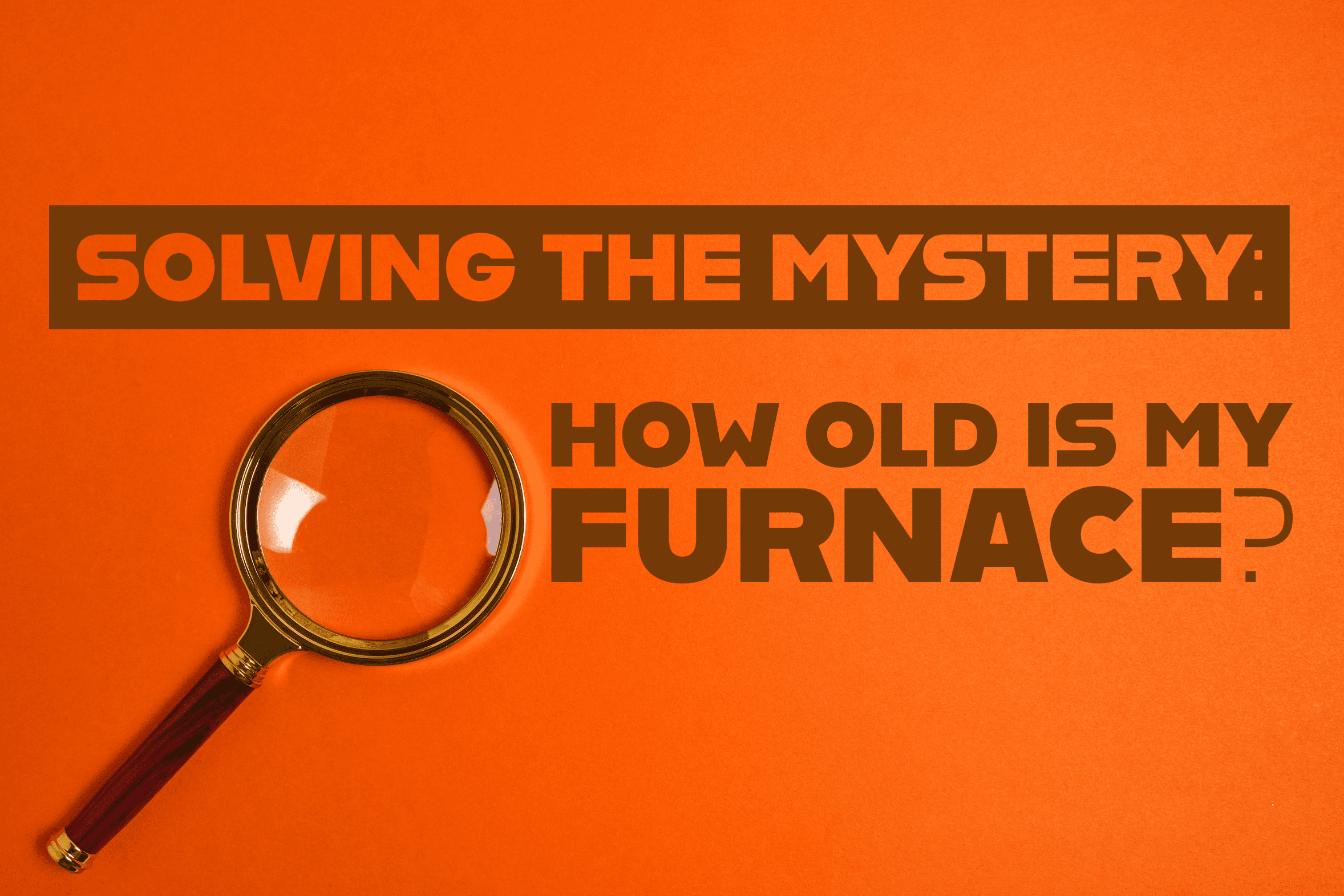When winter’s icy grip takes hold, your furnace is your home’s silent hero, delivering warmth and comfort. But like all good things, furnaces have a lifespan, making it crucial for homeowners to keep track of the age of their furnace, whether you’re settling into a new home or own a more seasoned heating unit. Join White Oak Heating & Cooling as we embark on a journey to reveal the secrets behind determining your furnace’s age.
The “Why” Behind the Age: Understanding the Necessity
Before we delve into the “how,” let’s explore the “why.”
- Maintenance Matters: Regular upkeep is the cornerstone of efficient and safe furnace operation in the chillier months. Recognizing your unit’s age helps you schedule those all-important inspections and tune-ups at the right time. Furthermore, it helps the technician to know the general age of your furnace beforehand as well.
- Cracking the Repair Code: When your furnace starts acting out, its age plays a vital role in deciding whether a repair is the way to go or if investing in a new unit is the smarter, cost-effective choice.
- Planning for the Future: Furnaces typically shine for 15-20 years. If your unit is nearing or surpassing this milestone, it’s a clear sign to start preparing for a seamless replacement.
- Warranty Wisdom: Most furnaces come with manufacturer warranties, valid for a set number of years. Knowing your unit’s age helps you uncover if any warranty coverage is still on the table.
The Treasure Map: Exploring Your Owner’s Manual
First, to kick off your quest for your furnace’s age, dust off that owner’s manual. This invaluable resource usually harbors details about the installation or manufacturing date, providing a helpful estimate of your unit’s age. So, if your manual is available, turn to the introductory section or the dedicated “Specifications” page for these critical details.
Unmasking the Clues: Seeking the Manufacturer’s Label
If your owner’s manual doesn’t give you the answers you seek, it’s time to channel your inner detective and hunt down the manufacturer’s label on your furnace. This label typically resides within the furnace cabinet or on the unit’s side, so it shouldn’t be too hard to find. On it should contain information about the furnace, such as the model number, serial number, and manufacturing date.
To determine the manufacture date, you’ll need to decode the serial number, revealing a sequence of letters or numbers pointing to the date. Keep in mind that different brands may employ various coding systems. Some manufacturers opt for a straightforward format like “MFG Date: MM/YYYY.”
The Direct Line: Connecting with the Manufacturer
If the serial number or manufacturer’s label leads to a dead end, don’t lose heart. Reach out to the manufacturer directly. Reputable furnace makers maintain dedicated customer service and support teams to help you unearth your unit’s age based on distinct identifiers.
Master Detectives: Consulting HVAC Professionals
As your final option, consider seeking the expertise of an HVAC technician with the appropriate credentials. During your regular seasonal furnace check, these professionals can swiftly pinpoint the manufacturing date while delivering valuable insight into your furnace’s condition and projecting its remaining lifespan. Regular seasonal checks are a wise strategy for maintaining peak furnace performance.
In Closing: Knowledge for Year-Round Comfort
Revealing your furnace’s age isn’t just about satisfying curiosity; it’s about safeguarding your comfort throughout the year. The last thing you want is for your furnace to leave you shivering in the cold when you need it most!
Call White Oak Heating & Cooling today at (513) 342-8434, or schedule an appointment online by clicking here!







